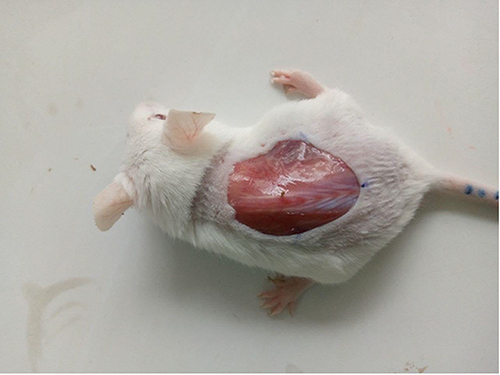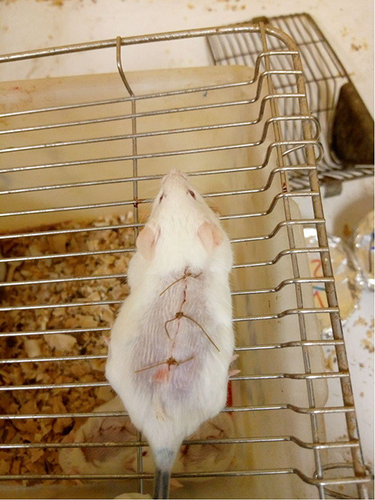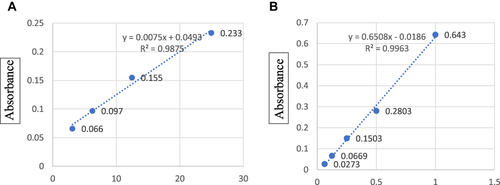Figures & data
Table 1 Formula for the Preparation of Simple Ointment
Table 2 Effect of Ointments Formulated from 80% Methanol Extract on Percentage Wound Contraction in Mice
Figure 2 Photograph of excision wound test result for negative control (A), ME 2.5% (B), ME 5% (C) and 2% nitrofurazone (D), EAF 2.5% (E), EAF 5% (F), MEF 2.5% (G), MEF 5% (H), AQF 2.5% (I), AQF 5% (J), HF 2.5% (K), and HF 5% (L) respectively, on day 8.
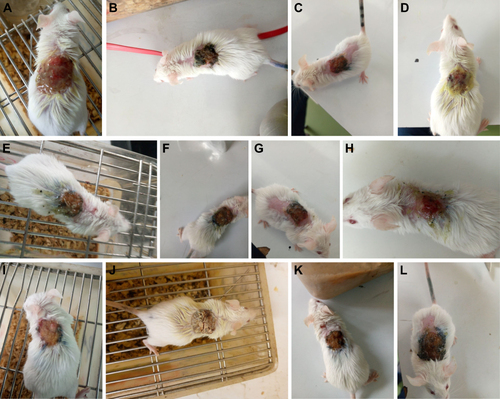
Figure 3 Photograph of excision wound test result for negative control (A), ME 2.5% (B), ME 5% (C) and 2% nitrofurazone (D), EAF 2.5% (E), EAF 5% (F), MEF 2.5% (G), MEF 5% (H), AQF 2.5% (I), AQF 5% (J), HF 2.5% (K), and HF 5% (L) respectively, on the day of wound closure for each group.
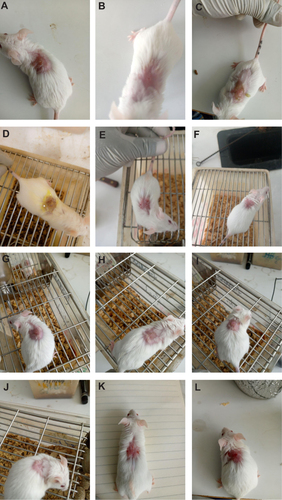
Table 3 Effect of Ointments Formulated from Solvent Fraction on Percentage Wound Contraction in Mice
Table 4 Effect of Topical Application of the Ointment Formulated from 80% Methanol Extract of the Leaves of V. auriculifera on the Epithelialization Period
Table 5 Effect of Topical Application of the Ointment Formulated from Solvent Fractions of the Leaves of Vernonia auriculifera on the Epithelialization Period
Table 6 Effect of Topical Application of the Ointment Formulated from 80% Methanol Extract of the Leaves of V. auriculifera on Tensile Strength of Incision Wound
Table 7 Effect of Topical Application of the Ointment Formulated from Solvent Fractions of the Leaves of V. auriculifera on Tensile Strength of Incision Wound
Table 8 Histopathological Grading Score for Different Histomorphological Changes
Figure 5 Histological view (100x) of hematoxylin and eosin (HE) stained skin sections of mice treated with nitrofurazone (A), simple ointment (B), ME 2.5% (C), ME 5% (D), EAF 2.5% (E), EAF 5% (F), MEF 2.5% (G), MEF 5% (H), AQF 2.5% (I), AQF 5% (J).
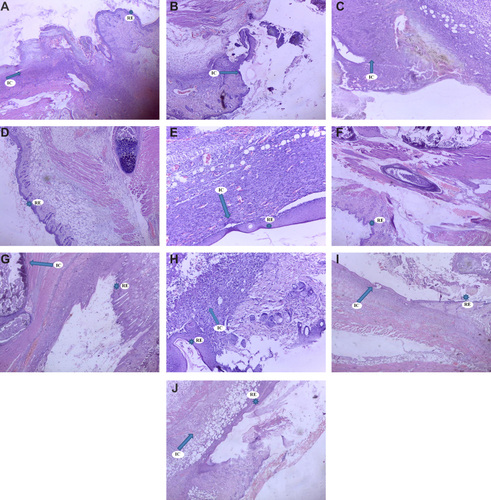
Table 9 Estimated Level of Hydroxyproline in Excision Wounds
Figure 7 Free radical scavenging activity (%) of 80% methanol leaf extract and solvent fractions of V. auriculifera.
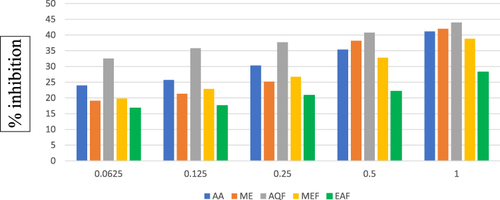
Table 10 Total Phenolic and Flavonoid Content of MEF, EAF & AQF of V. auriculifera

